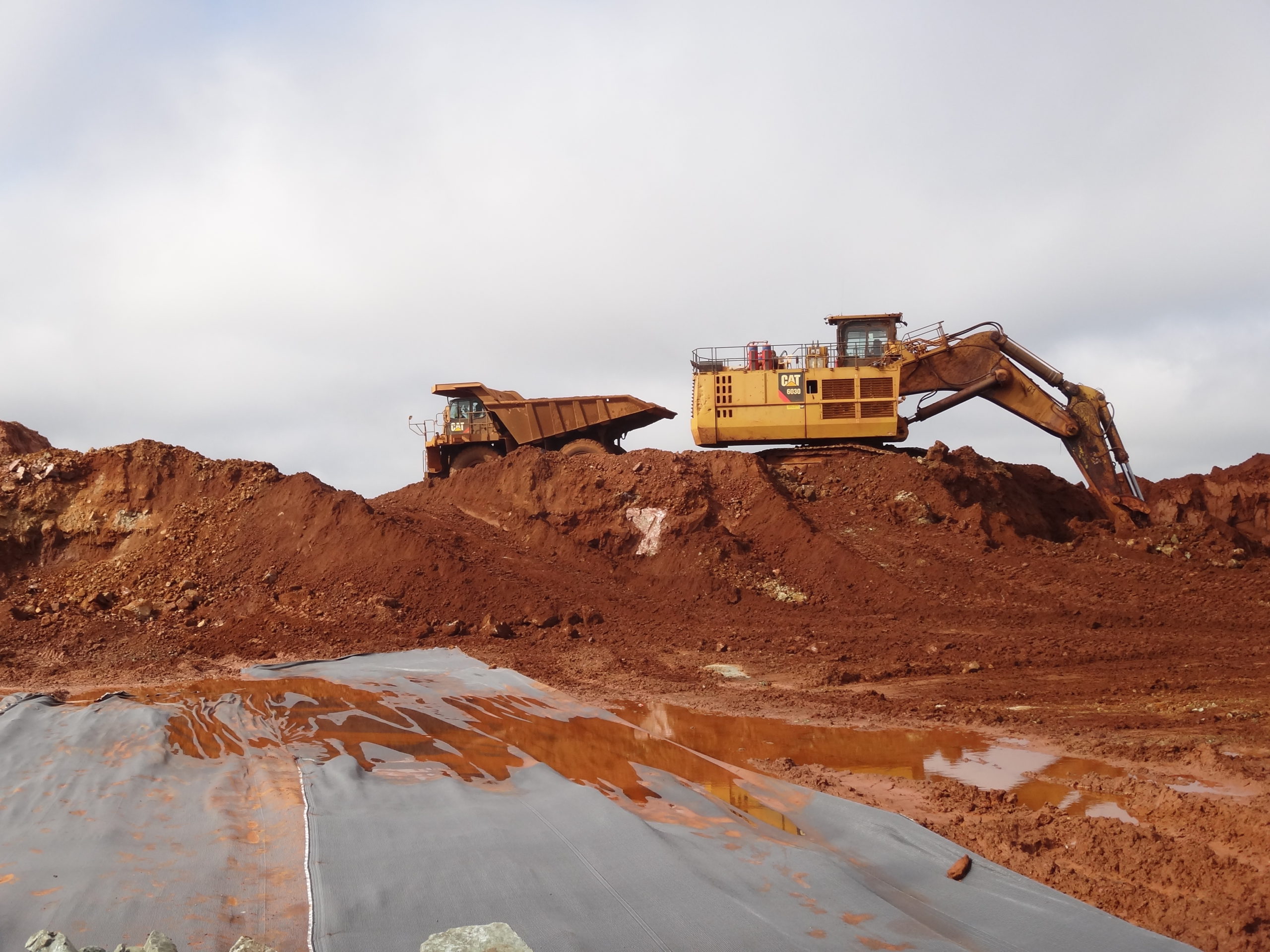

The bottom line is that the clean transition needs trillions of #money to be mobilized. The overall conditions in terms of financing, inflation and interest rates have been changing compared to an almost 15 years made of quantitative easing and very cheap money. And 2023 promises to be even better.Ī quarter stock performance is not enough to reach conclusions on a sector, but the issues are clear and coming strongly to the surface. Yet, numbers from IEA shows that 2022 has been a spectacular year for many of those providing relief and hopes in prospects ahead. It is not the case of #renewables intended as deployed projects but it is the case for too many #technology manufacturing: from wind 💨 turbines to solar ☀️ panels from #hydrogen to batteries 🔋 the journey for decent profits and returns seems long. in the middle of unprecedented boom 💥 for #greentech the list of those in the sector still working at losses or with unsustainable thin margins it is too long. It is time to speak of profitability of the clean #energy transition… actually it should be the case since a while. #technology #innovation #data #greentech #alternativeenergy #sustainability

In other terms, dismantling a dominant position that the Asian giant has built silently and patiently over the last 20 years, at least it will require time… a lot of time… While a diversification away from such situation would not be only welcome, but much needed, it is clear that #China is set to remain in the picture (and heavily so) even in a scenario where other countries are able to implement plans in a quick and effective way. The US have flagged such concerns loudly and clearly – making also its domestic policies aimed at incentivising more #production of critical minerals but also expanding the capacity of processing those and made the raw materials available for the use.īecause – while the parallel with the #oilgas industry comes quite naturally – it is in the downstream part of the supply chain that the dependence reaches levels that can be defined dominant… it would be like having all the oil refineries of the world being concentrated in one single country… The topic is at the top of the agenda in other continents as well. Maybe this time the lesson has been learnt and the concerns is shifting to avoid that the clean transition ends up in having an even stronger dependence on the dominant suppliers of critical minerals. The topic of critical minerals and the excessive dependence on one single country (China 🇨🇳 …) is getting an element of increased concerns and discussions among world’s top officials.Įspecially in Europe, the #energy crisis highlighted what are risks and implications of an over-reliance on single fuel, single trade route and single exporting country. 🚨 Do you know any other strategic sector with such level of concentration? I don't !!. (2) we may want to avoid making the same mistakes we made with fossils, aiming for a sustainable end-to-end production chain with fewer geopolitical impacts. What really matters are two facts: (1) we MUST to change our energy matrix to a less carbon-intensive one. Third, metals production is for infrastructure not consumption, perhaps one of the factors influencing the lower volume. Secondly, I think about the amount of sulfur and ash, mainly from coal, that will no longer go into the atmosphere. First, already mentioned here, the tailings that comes from these minerals.

There are several facts underlying this analysis. We tend to want to see superlative numbers in everything, preferably with a sign of growth on the side. But don't let yourself get trapped on that. This volumetric comparison of the change in the production matrix is significant in terms of numbers. That is just lithium - see next post on rare earths. While it’s cheap and effective, the process needs a lot of water, estimated at 500,000 gallons per ton of lithium extracted. Current estimates are there is only 39 million extractable tons, and as we produce " easy reserves" the later ones require more work - ie mining - ie heavy machines using energy.Ĭhile and Argentina extract lithium from salt flats. However you need to extract around 100 tons of ore to get a ton of Lithium - so 250 million tons of mining. It is forecast that by 2030 this quantity will increase to approximately 2.5 million metric tons. In 2020, the total demand for lithium worldwide amounted to 292 thousand metric tons of lithium carbonate equivalent. What comes out of the ground is mostly oil and it comes out under its own energy - water is separated and re-injected. The world needs for example a LOT less lithium so at first blush this may seem to make sense.īut when we extract Oil - we extract oil. Granted we extract a large weight of, say, oil - like 4.3 billion tonnes.


 0 kommentar(er)
0 kommentar(er)
